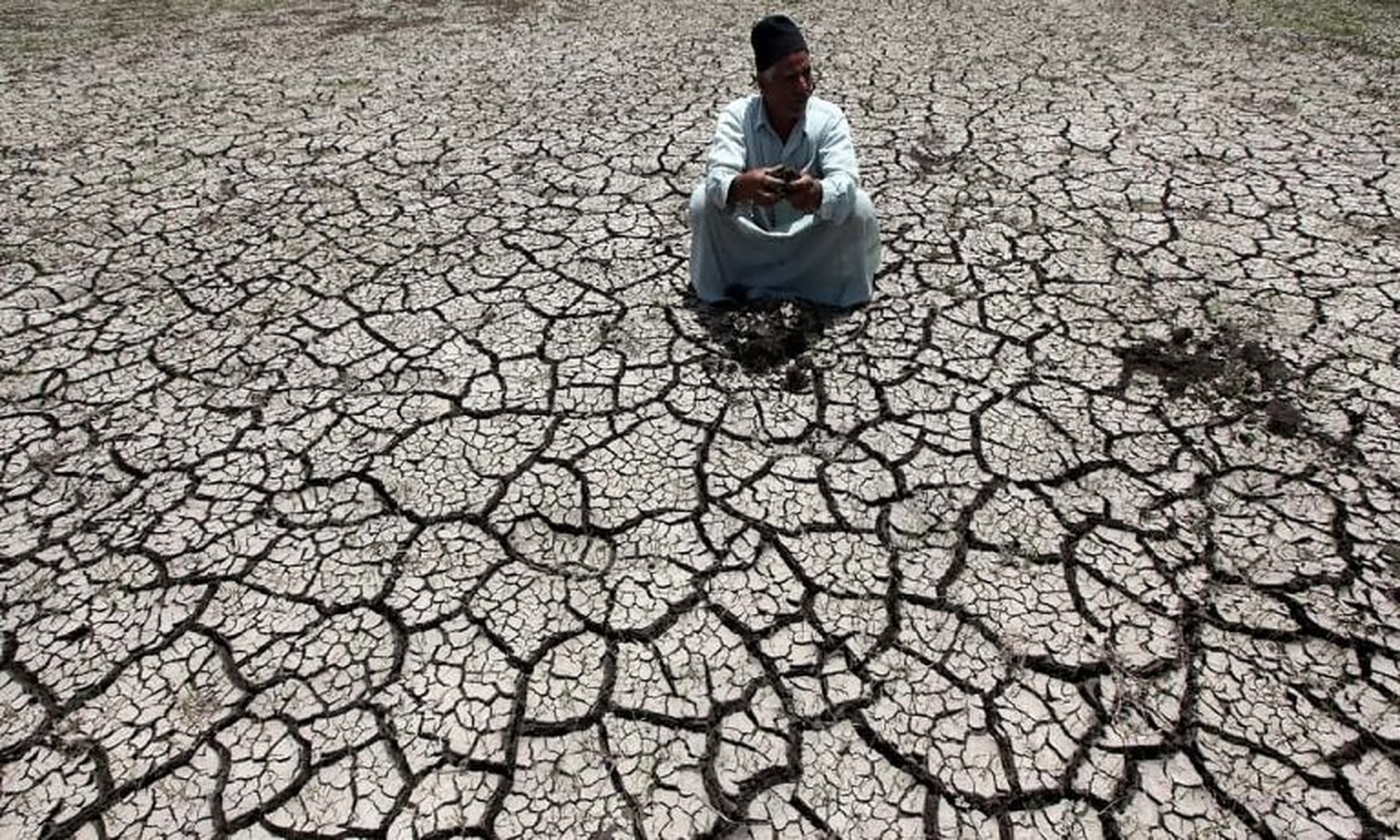Coffee. Pasta. Jackets. Bedsheets. Smartphones. At first glance, all of these seem unrelated, but one common denominator links them: water.
Everything, quite literally, needs water. Eight thousand litres of water are needed to produce one pair of jeans alone, according to a Water Footprint Network report.
Large quantities of water are used to manufacture everyday goods such as paper, plastic, metal, and textiles. In order to conserve water, understanding how much water is actually needed to produce basic materials cannot be ignored.
Take the production of a jacket as an example. Water is consumed at numerous times during the process of the jacket’s production. Water is used in the production of power for the jacket’s manufacture, and for moving vehicles to deliver the jacket to the fashion stores.
What is virtual water and why is it important?
Professor Tony Allan, an intellectual pioneer at King’s College London, first proposed the idea of virtual water— the water consumed during the process of production —to explain how Middle Eastern countries’ water needs have outpaced available supplies since 1970. Allan suggested that economic systems solved the water supply problem for the region by supplying water via trade.
Water-scarce nations increasingly rely on the water resources of other nations to meet their needs through global trade. As a result, a nation with scarce water supplies frequently imports water-intensive products like textiles rather than having local textile industries at great expense to their water resources.
Egypt’s water supply is predicted to fall below 500 cubic metres per person by 2025, a condition hydrologists refer to as “absolute scarcity.” Coupled with Ethiopia’s controversial Grand Ethiopian Renaissance Dam (GERD) issue and the realities of climate change, now is an opportune time to turn the page and start a discussion around virtual water.
There is a limited supply of fresh water globally. Only 3 percent of the total water on Earth, which is estimated to be 1.386 billion cubic kilometres (333 million cubic miles), is fresh water. Countries only have access to about 1 percent of it, as the rest is frozen in glaciers or ice caps.
More than 70 percent of the world’s water is consumed by agriculture. Meat products, for instance, consume a lot of water. The Water Footprint Network estimates that producing one kilogramme of beef requires more than 15,400 gallons of water.
As more people understand the hidden or “virtual” part of water use, it becomes more clear that there many other potential opportunities to consume water more efficiently.
What is the future of water in Egypt?
Climate researchers Catherine A. Nikiel and Elfatih A. B. Eltahir at the Massachusetts Institute of Technology found that Egypt’s ability to effectively manage domestic demand and use of water depends just as much on collaboration with its neighbours as it does on its own ability to internally do so.
“Egypt is approaching a threshold between the Nile as a dominant force in sustaining Egypt’s growth and existence, and a new paradigm characterised by an equally important role for [Nile] basin and global interconnection and cooperation,” the study says.
The study argues that because Egypt’s domestic production capacity has already been reached, all new demand—which is driven by population growth and rising gross domestic product (GDP) per capita—will have to be met through imports. The scenario assumes a 1.7 percent population increase by 2035 to equal the United Nations’ Medium Variant Projection and 2.3 percent GDP per capita growth to match the past 30 years.
Former Minister of Irrigation and Water Resources, Mohamed Abdel-Ati, once noted that Egypt overcomes water scarcity by importing 54 percent of its virtual water and reusing 42 percent of renewable water.
Noura Abdo, an environmental engineer and a master’s candidate in water engineering at Alexandria University, as well as founder and environmental expert at “Our Climate”— a social enterprise – calls for better usage of unconventional water sources, such as wastewater and fresh water treatment, to promote better water use efficiency.
“No matter how many projects the country implements, Egypt still largely depends on freshwater sources, which provides more than 90 percent of its present water needs, so creating alternative options will be crucial, particularly from unconventional sources,” Abdo explains to Egyptian Streets.
Egypt has put forward several national policies in place to promote water desalination and recycling. The desalination initiative plans to produce 3.3 million cubic metres of water per day in the initial phase and 8.8 million cubic metres per day at a cost of USD 8 billion in the final phase.
However, an alternative solution, researchers recommend, can also depend on international trade and cooperation on the production of specific commodities.
To make use of virtual water imports, researchers recommend Egypt concentrate its virtual water dependence on products that are less susceptible to global shocks and will not consume a lot of water domestically. Dietary diversity is another aspect that should be pursued to avoid overreliance on specific crops, such as wheat, as the cultivation of vegetables and fruit can have higher returns to water than wheat.
Virtual water analysis can also enable countries to achieve a water–food nexus by diversifying food production and supporting interventions in regions with low to moderate water shortages. Collective decision-making among leaders can help identify the most suitable regions for the production of specific crops, and thereby, save more water.
“A nexus approach that links food, energy and water is a top priority at the moment, as it results in more systemic outcomes that balance the trade-offs between competing uses of water, land, and energy-related resources,” Abdo says.
While there are evident fears that virtual water trade can further reinforce foreign currency domination, identifying the right balance between maintaining local industrial production and virtual water trade can put less pressure on water-scarce countries.
Researchers note that the primary focus, from today onward, will be centred around how to implement the idea of virtual water as a strategy in a way that serves the goals and interests outlined in the national plans.
International cooperation will prove to be crucial to solve Egypt’s water scarcity, particularly in regards to virtual water trade. Producing water-intensive goods that are in high demand in locations with the greatest water availability makes much more economic sense, as water is less costly and less water is used per unit of production there.
Virtual water exchange from a country with relatively high water productivity to a country with relatively low water productivity can ensure significant worldwide water savings.






Comment (1)
[…] Allt du behöver veta om de senaste utlandsgränserna Kan virtuellt vatten lösa Egyptens vattenbrist? […]